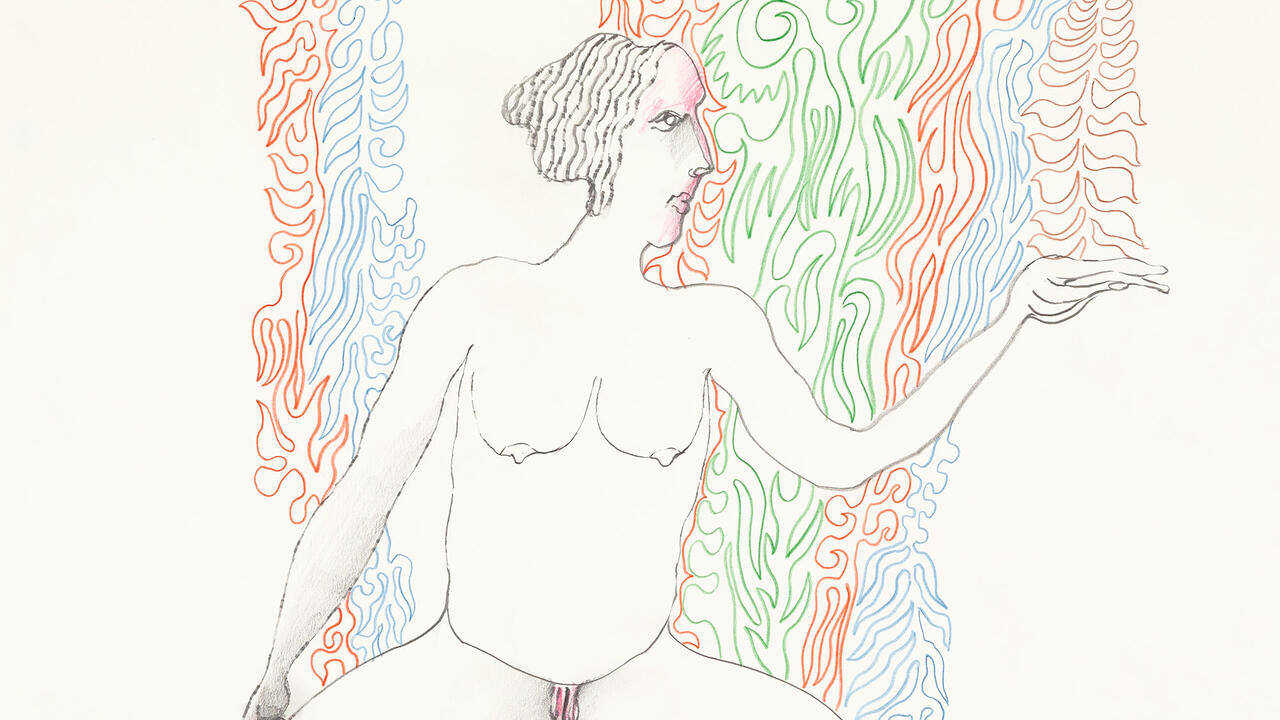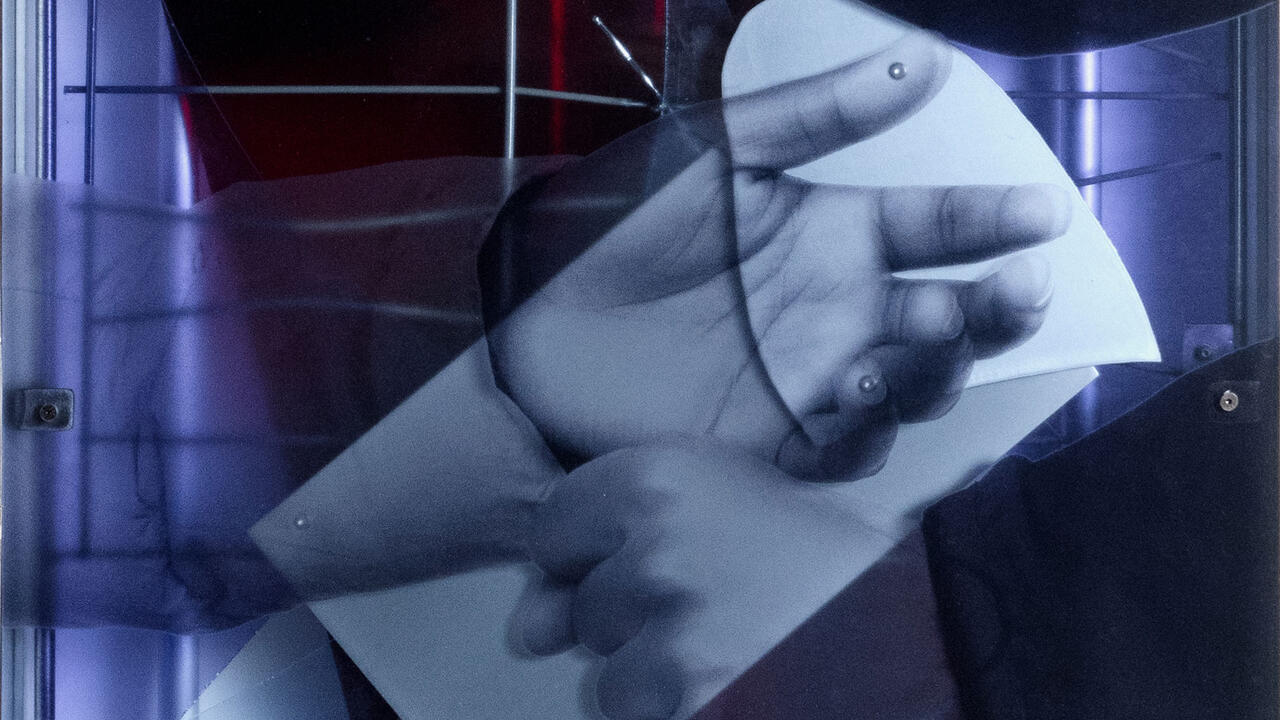How Manifesta 13 Speaks to the Local and the Global
This year’s edition of the nomadic biennial highlights Marseille’s vibrant art scene while simultaneously looking at historical international power relationships
This year’s edition of the nomadic biennial highlights Marseille’s vibrant art scene while simultaneously looking at historical international power relationships

The 13th edition of the nomadic biennial Manifesta, held this year in Marseille, faced some significant challenges. Originally slated to open in June, the exhibition had to be postponed until late August and was then forced to close a month early due to the COVID-19 lockdowns. Despite this, the Manifesta team implemented three programmes throughout the city: the main exhibition ‘Trait d’Union.s’ (Hyphen), curated by Katerina Chuchalina, Stefan Kalmár and Alya Sebti, the educational project ‘Le Tier Programme’ and ‘Les Parallèles du Sud’, a series of collateral events initiated by local partners.
Ranging across ten venues, including most of the city’s well-known cultural institutions, the central exhibition, ‘Trait d’Union.s’, is notable not so much for its list of established participating artists nor its curatorial concept (six thematic chapters that explore colonialism, urbanism and climate change) but for the artworks’ carefully considered installation in a diverse spectrum of venues.

Whether installed in the Natural History Museum, the Fine Arts Museum or the Marseille History Museum, the Manifesta 13 presentations have been meticulously integrated within the institutions’ own collections. For instance, ‘The Home: Rentals, Experiences, Places’ at Musée Grobet-Labadié – a 19th-century bourgeois villa and former family home – features works by ten artists examining the disparities between people’s experiences of home, which nestle amidst chandeliers, antique furniture and historical portraits. At times, the works struggle to make an impact within the lavish surroundings but one especially memorable piece is Noailles Debout’s Les chaînes (The Chains, 2019), comprising a metal padlock and chain. Responding to the 2018 collapse of two buildings in Marseille, which led to the tragic deaths of eight people and the displacement of around 5,000 inhabitants who are yet to be permanently rehomed, the piece is a scathing comment on the lack of action taken to resolve the city’s housing crisis by former mayor Jean-Claude Gaudin.

By drawing on this tension between the ‘Trait d’Union.s’ artworks and the museums’ existing collections, the curatorial team sought to raise questions around the role of the institution. Yet, some of the more memorable presentations are those installed in less conventional settings, such as ‘The Almshouse: the Odd, the Poetic and the Possible’ at the former homeless shelter Centre de la Vieille Charité. Here, the works on display probe issues around alienation. A highlight is Pauline Curnier Jardin’s video Qu’un Sang Impur (Bled Out, 2019), which explores the often-overlooked subject of erotic desire in postmenopausal women.
At La citerne des Moulins – a disused, tone water tank built in 1850 – Amy Lien and Enzo Camacho’s installation, Waves Move Bile (2020), draws attention to a dark chapter in France’s history. Here, a series of lantern-like female figures, made of plant cuttings and fairy lights, hang from the ceiling, evoking the terrorizing spirit of Cambodian folklore, Ahp. The artists adapted the facial features of the spirits from Louis Botinelly’s Colonies d’Asie (Asian Colonies, 1923–24), a monument situated near Marseille’s main station that recalls the city’s role in the country’s colonial expansion.

Another of the show’s stand-out pieces is Benjamin de Burca and Bárbara Wagner’s video ONE HUNDRED STEPS (2020), inspired by Irish filmmaker Bob Quinn, whose productions aimed to deconstruct the hegemony of the Eurocentric imaginary. Screened at Le Conservatoire, ONE HUNDRED STEPS shows the interiors of the Musée Grobet-Labadié and a 17th-century Anglo-Irish colonial manor, which has likewise been transformed into a museum, questioning the role of the institution as conservator of historical power relationships.

Perhaps the biggest surprise of Manifesta 13 is the brilliant collateral programme, ‘Les Parallèles du Sud’, which brings together 85 projects taking place across Marseille. Ranging from small solo shows, like Wilfrid Almendra’s exhibition at Atlantis Lumière, to the numerous activities at Sissi Club project space, the programme highlights the diversity and energy of the region’s artistic scene, which remains resilient even in the face of the current pandemic.
Main image: Yalda Afsah, Centaur, 2020, installation view, Le Conservatoire, Marseille, 2020. Courtesy: the artists and Manifesta 13; Jeanchristophe Lett





















